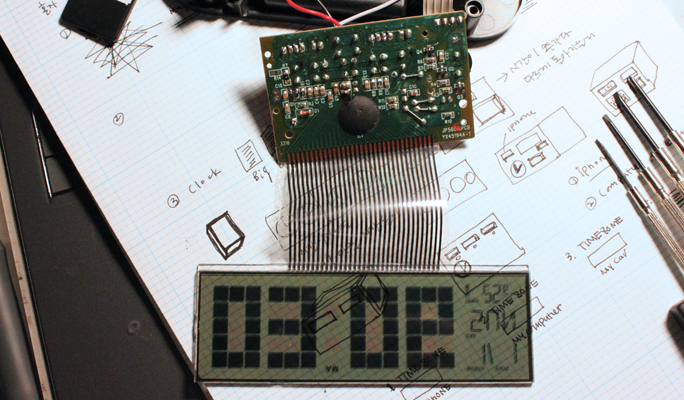
1. While I was doing my thesis, I had a few chances to talk with scientists. Each time I spoke with them, it took a while to explain why I chose to explore the value of ambiguity rather than aiming to make facts more concrete. Despite my own sustaining motives and interests, I too couldn't help but to ask myself, "What is the value in this kind of exploration?", "Why do I feel motivated to explore this in a different way than a scientist might?" Both spend incalculable time and effort pursuing solutions to problems, many of which bridge gaps in understanding.
Often we are dealing with unknown and unsolved phenomena which we begin exploring by framing a hypothesis. Perhaps our biggest difference is where we place the most value in exploring our hypotheses. Where scientists are primarily concerned with uncovering a kind of objective truth
to phenomena, designers are more concerned with the potential for subjective understandings of
a single phenomenon. My explorations in Gapiology have helped me to realize the power of a designer to act as a mediator - helping people to bridge the gaps between their own subjective interpretations, and between each other.
2. The Gap is by far the most intangible and invisible subject I have ever explored. This invisibility is in part what motivated me to pursue these series of explorations. I wanted to help give form to this formless subject, hoping that by visualizing it, I could help to deliver something that people can experience. Throughout the process, I have had to wrestle with how to make this abstract subject not just illustrative, but palatable and experienceable. This was a challenge, as the nature of a gap is in itself complicated and inherently abstract; I often got lost in my own subjective understanding. I often felt that I was losing the necessary balance between presenting something as simultaneously understandable and experienceable. If I were to
do it again, I would find an application for the abstract nature of the project by grounding it in a more relatable, everyday context. I have developed case studies and tools as a way to invite others into the project, but I believe it could still use more grounded context.
My project explorations have given me great challenges and insights as both a researcher and a designer. Looking back, with each big gap I've filled, smaller gaps have continued to appear. I happily embrace and will continue to search for the existence of small gaps, as they each offer the potential to be seeds for my future projects.